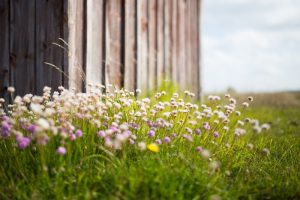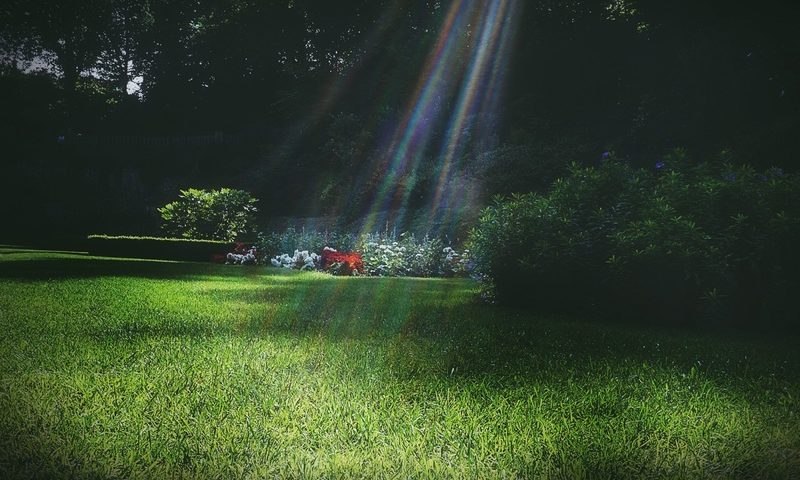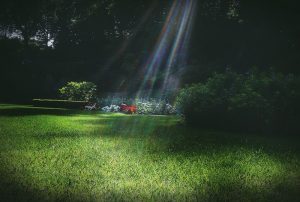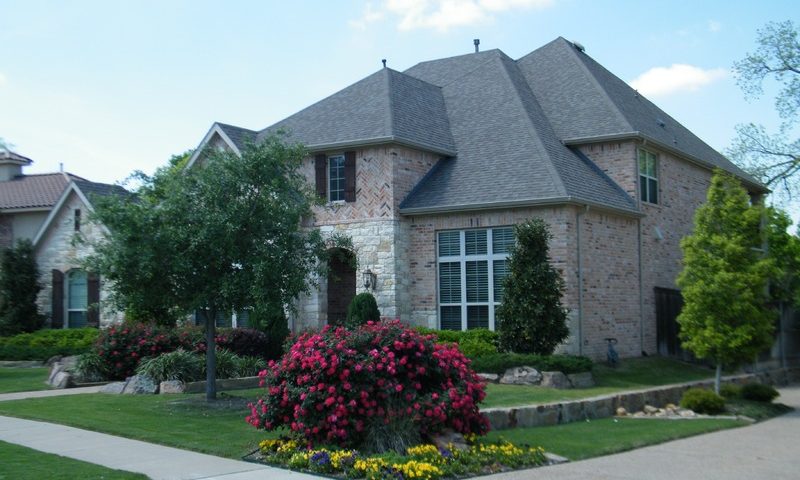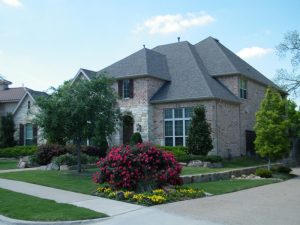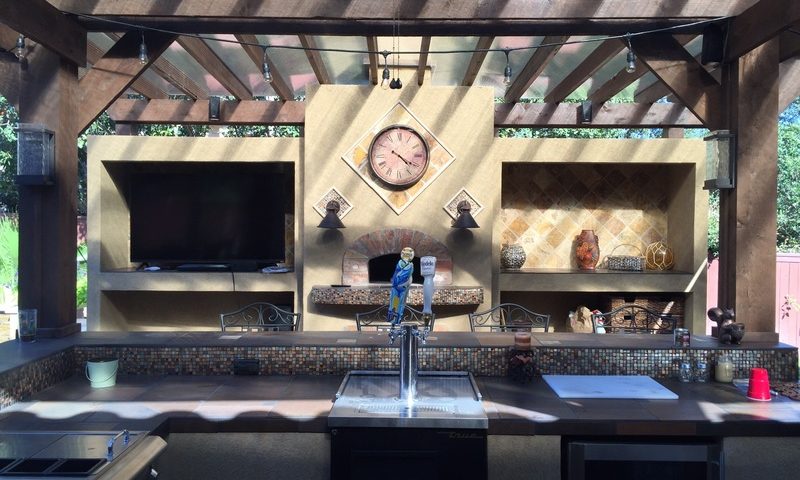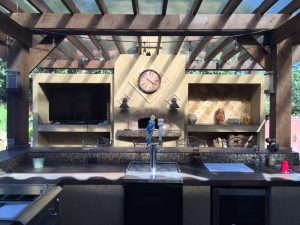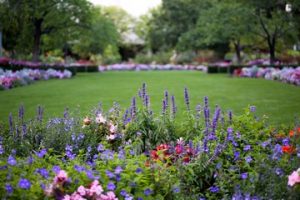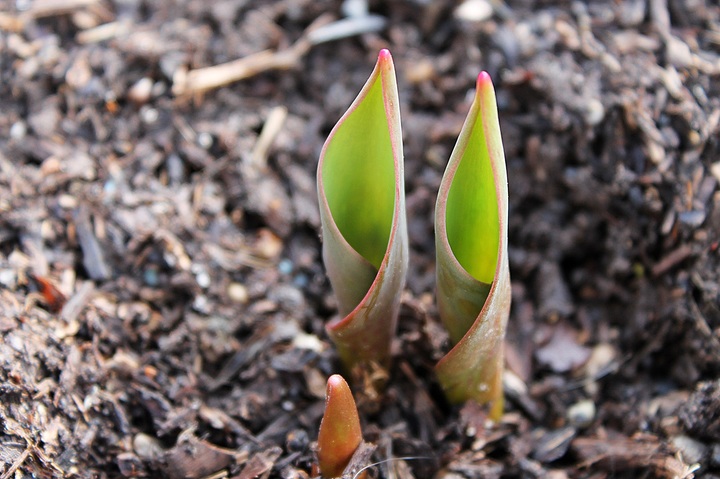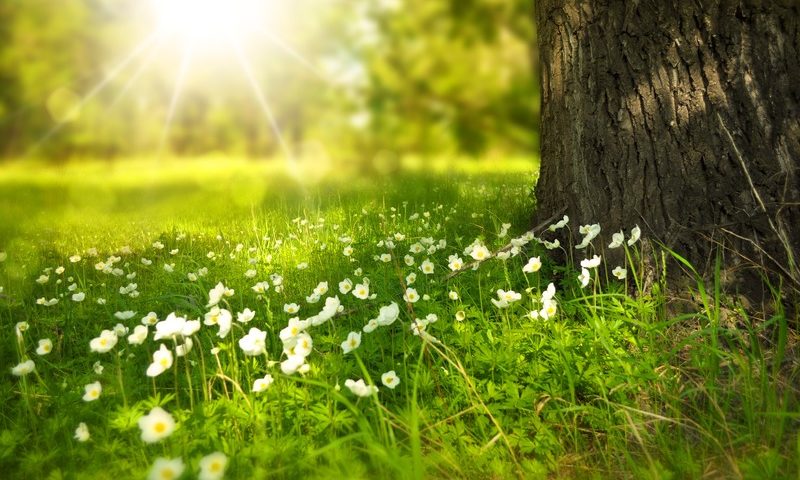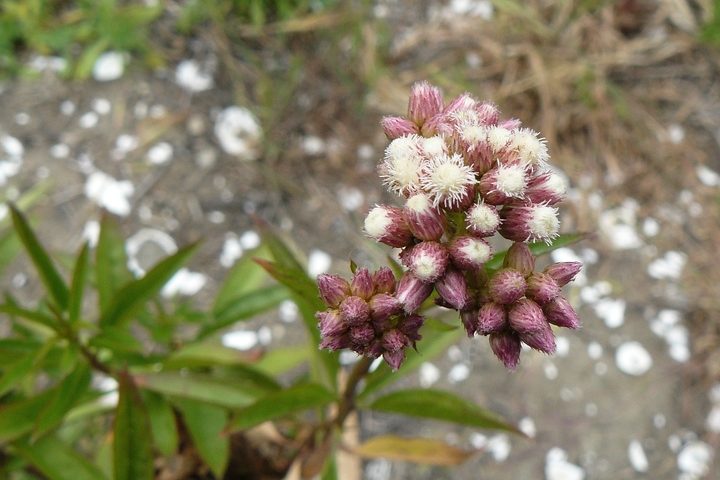
Can you feel it? Yes, the air is still hot here in KC, but there’s a tinge of Fall in all these high temperatures. Maybe it’s the back-to-school shopping or the Halloween and pumpkin displays already popping up at local stores. Or maybe it’s because Starbucks is bringing back the much-discussed pumpkin latte earlier than ever this year. Whatever it is, there’s no escaping that Summer is waning and Fall is ready to return to Kansas City.
Before that happens, give some thought to what you can do now and as the temperatures start to chill out to bring the most value to your landscape and your home. In fact, think about how much value the right professional landscaping can add to your home!
Professional Landscaping Increases Home Values
Let’s talk about curb appeal. It’s a buzzword for real estate pros and it’s important for every homeowner to understand. Simply put, curb appeal is how appealing your property is to the average viewer. Think about when you take a walk or a drive: you look at neighborhoods, don’t you? And you look at the houses in those neighborhoods. You can’t see inside, but you can tell something about the property from the curb and what you see makes an impression.
That first impression—that curb appeal—can mean more money in your pocket when it comes time to sell, if planned and executed right.
How Professional Landscaping Can Make You Money
How much value can positive curb appeal put in your pocket? This article says well-landscaped homes sell for 5.5 percent to 12.7 percent more than non-landscaped homes. If your home is worth $300,000, that means quality landscaping can add between $16,500 and $38,100 to the value of your home.
Let’s be clear, though: simply cutting your grass or planting a few flowers won’t make for stunning curb appeal. It takes planning, vision, and commitment to turn a hum-drum lawn to an oh-wow display—and all of that takes time and professional help.
Expert Help Means Added Value
Most buyers want stunning curb appeal. They want sophisticated layouts and mature trees and plants. It’s been proven that large, deciduous, evergreen and annual, colorful plants increase a home’s resale value. Working with a professional landscaping company can not only save you time; it can also ensure that your space is planned in the best possible way.
Now is the perfect time to reassess your landscaping plan with an eye to curb appeal and resale value, and we have great ideas to bring Fall flair to your lawn and garden. Reach out to learn more!





